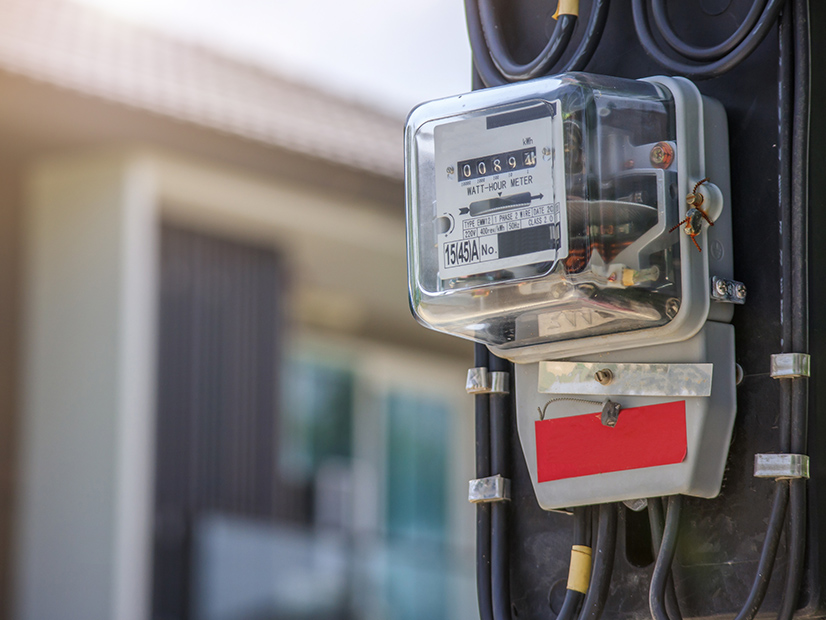BOSTON — A panel of experts made the argument for smarter rate design on Friday at Raab Associates’ New England Electricity Restructuring Roundtable.
Updating rates to send better price signals is the key to unlocking the power of demand, the panelists said.
It’s a process that’s “more art than science, or more behavioral than economics,” said Janet Gail Besser, the panel’s moderator.
The speakers focused on Massachusetts, where the roundtables are held.
“With last fall’s Department of Public Utilities order requiring the utilities in Massachusetts to develop advanced metering infrastructure implementation plans, it appears there will be new opportunities for innovative rate design that can encourage electrification and reduce carbon emissions,” said Besser, a former chair of the DPU.
Electricity rates have been changing in structure for decades, but there’s one consideration that’s upped the ante in recent years, said Sue Tierney, a senior adviser at Analysis Group.
“What’s different now is the urgency of evolving the electric system as part of the path to decarbonizing the economy,” Tierney said.
An effective change to rate design to help start boosting demand is time-of-use rates, the panel agreed.
“Time-varying rates is an essential tool,” Tierney said. “Having it as a default option provides two opportunities: for the customer to take charge and figure out what they want to do in terms of their own energy management; and it sets up the context for … retailers and aggregators to use those time-varying rates.”
In the last few years, five states have started implementing opt-out time-of-use rates. Massachusetts is not one of them, and again the panel picked on the Bay State.
“Our customers in Massachusetts, we don’t know how much energy they’re using until we get the bill from utilities a month later. And we have no idea at any point in time when our customers are using energy,” said Travis Kavulla, vice president for regulatory affairs at NRG Energy. “So there’s no incentive or practical ability at all … for us to make investments in demand response.”
Melissa Whited, a senior principal at Synapse Energy Economics, offered another way to tweak rates to incentivize electrification of vehicles or home heating: playing around with how customers are charged.
For example, she said, states have traditionally tried to keep fixed charges low, and let volumetric rates stay higher, to incentivize customers to conserve energy.
“But with electrification, high volumetric rates are a barrier to adopting new technologies,” Whited said. So, California has experimented with high fixed charges with low volumetric rates limited to customers who are using certain demand-side technology.
There’s also an argument to be made for a broader overhaul, said Harvey Michaels, a lecturer at the Massachusetts Institute of Technology who has studied heat pump adoption.
“We have to realize as part of what we’re doing now that charging electric bills for the energy efficiency programs and other things we do, particularly when they’re competing with a gas-fired alternative, is shooting us in the foot,” Michaels said. “We have to figure out how to pay for these things with something other than electricity.”


